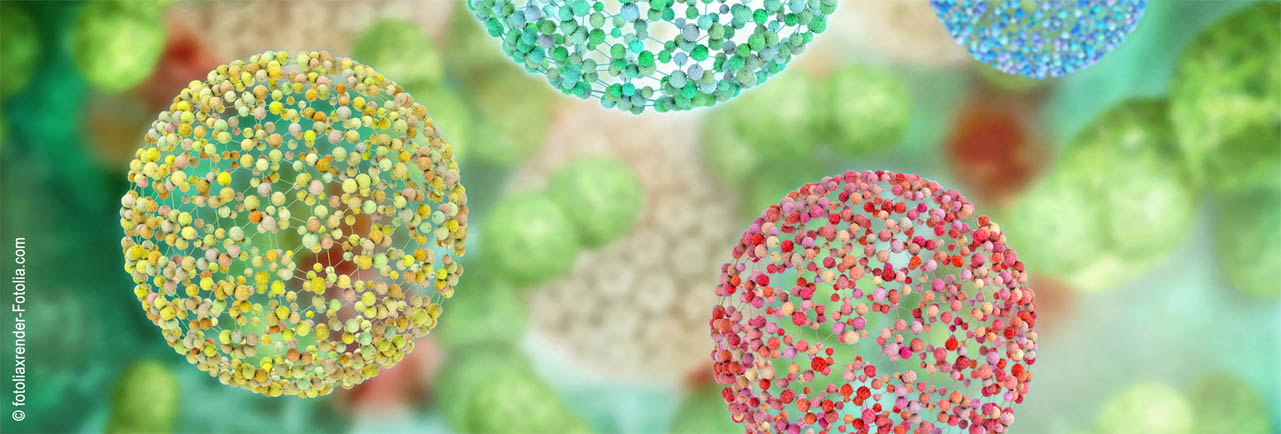Speaker
Description
The complexation of oppositely charged macromolecular species such as proteins, polymers, and colloids through electrostatic attractions is an associative process found in both natural and synthetic systems. Depending upon the strength of interaction, the complexation proceeds through either liquid-liquid or liquid-solid phase separation leading to the formation of complex coacervates or a solid precipitate respectively. Understanding the competition between the mechanisms of liquid-liquid and liquid-solid phase separation as well as identifying parameters leading to one or the other mechanism is essential in the further development of their applications.
The screening of several polymer couples carrying opposite charges (protein-protein, protein-polyelectrolyte, protein-polysaccharide, and polysaccharide-polyelectrolyte) led to a thorough study on two specific couples: polyethylene imine (PEI) – alginate (ALG) and lysozyme (LYS) – alginate. The idea was to study the synthetic counterpart of a positively charged protein, i.e. PEI, in interaction with a negatively charged natural polymer, i.e. alginate. These two couples were studied using classical tools (turbidity, electrophoretic mobility, and optical microscopy. In addition, phase diagrams were built using a homemade droplets-based millifluidic device coupled with image analysis. Preliminary results, by tuning initial conditions such as total concentration, mixing ratio, pH, and ionic strength clearly showed liquid-liquid phase separation in PEI: ALG mixtures with droplets formation while liquid-solid phase separation occurred in LYS: ALG mixtures with aggregates formation. Further analyses will concern the energy of interactions in these two couples using isothermal titration calorimetry (ITC) and the small angle X-ray scattering (SAXS)-based structural characterization of the assemblies formed.

